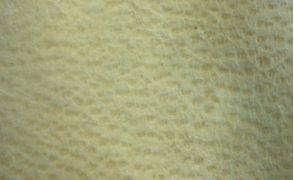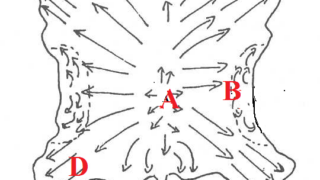Atlas of the characteristics and damages of parchment
Currently, there are no consistent position regarding the definition of damages, usually the basis is established by the purpose for determining the damages. In most cases, it is necessary to assess the condition of the object based on the types of damages and their extent. Because, as a rule, damages worsen the condition of the object, important concepts related to the definition of damages are the original state and the damaged condition. When visually determining the damage, a comparison is made with the original state of the object and its damaged state. It is assumed that initially the object was physically intact and the damage that has worsened the condition of the parchment has become visually discernible as the result of subsequent handling and storage. The concept of the original state is usually hypothetical. Therefore, the determination of the damage is always related to a description of the extent to which the characteristics have changed and the hypothetical comparison of the relevant conditions. See the description of damage by J. Ashley-Smith and Eric Dirix, CeROArt, 08.09.2017.
In the atlas of parchment damages, the following definition is used: damage is a change in the object that has a negative impact on the condition and value of the object, partially or as a whole (K. Konsa. Raamatukahjustuste atlas, 23.03.2016). Based thereon, the changes that occur in the course of the natural aging of a material are also considered to be damage.
The goal of this atlas is to help in documenting the changes that have occurred in historical parchment as a writing material and diagnosing the condition of the parchment in the course determining the damage visually. Depending on how extensively damaged the surface of the parchment is, the condition is defined according to the degree of damage that has occurred. Thus, for instance, the frequency of glass-like layer and physical damage is divided into three categories. At the same time, in the case of some damage, i.e. the damage caused by the processing of the parchment or various types of deformation, the damage is divided into two categories: occurs/does not occur.
There is also damage in the case of which a visual determination may turn out to be misleadingly subjective or methodologically complicated. Such descriptions of damage have been knowingly avoided in this atlas. For instance, the darkening and yellowing of parchment. In the case of parchment, the traditional methods that have been developed for testing localized surfaces in order to assess yellowing/whitening (i.e. color catalogs, and photo spectroscopy) do not always provide an unambiguous, repeatable result that can be applied to the entire document. The reason is the uneven darkening and yellowing of entire surface of the document, especially in the case of those documents in which significantly differing color changes occur on the recto and verso sides. In addition, the determination of this damage is made questionable because information is lacking regarding the color of the parchment when the document was in its original state.
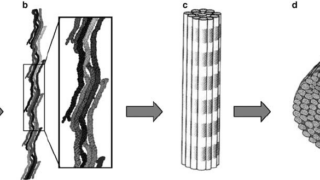
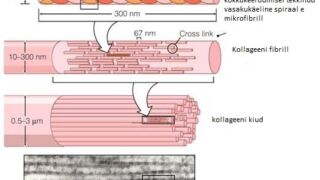
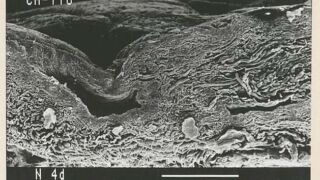
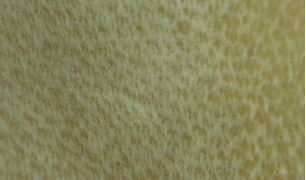
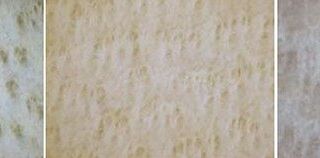
Thus, just as it is difficult to define the general concept of damage, in the case of various types of damage, it is also difficult to present it in a visually unambiguous way. The various types of damage may often be related as far as the reason for its development and its impact on the condition of the document. If, for instance in the case of a large-format document, not only the center section of the skin was used, but the parchment sheet was cut out of the area along the stomach and around the limbs, various sections of the parchment will have very different characteristics (thickness, density, chemical properties). As the parchment starts to age naturally, this will cause various types of deformations to develop throughout the surface of the initial flat material. Such deformations may also cause physical damage to occur (e.g. tears, detachment of the material). At the same time, deformations, similar to the ones described above, may have been caused instead by the improper storage and handling of the parchment.
In the atlas, the damage and characteristics are classified according to their recognizable causes. Therefore, in order to avoid mistakes, the popular terms for identifying stains as damage are not used: water(moisture) stain, grease stain, etc. Since determining the exact causes of stains would require additional research about the origin of stains, the atlas allows only one main type of stain to be defined by visual observation: C6.3 Stains. The only differentiated sub-type is the stains caused by handling, including fingerprints (C6.3.1) and ink stains (C6.3.2).
The atlas, in order to avoid mistakes, also does not use the damage classification that has been used to date, i.e. physical, chemical, biological, and environmentally-caused damage, which was used in the atlas of paper damage compiled by the National Library of Estonia in 2008 and the atlases compiled by the National Archives of the Netherlands (23.03.2016). This classification has been avoided because the reasons for chemical, biological and environmentally-caused damage are often so closely related that their impact is difficult to distinguish visually.
The atlas of damage describes 50 parchment damages and properties that are visually discernible parchment damages and have a definite terminology, and which can significantly impact the condition of parchment. The categories of damages and properties and the list of categories along with the relevant terms and explanatory texts can be found in the register of parchment damages and properties.
In order to simplify the identification of damages, the following structure is used in the atlas:
Structure of the atlas

This structure enables short codes to be used to define all the damages and properties.
For example, the code for ‘ink corrosion’ in the atlas is C6.07; the first half of the code (C6) helps to diagnose the possible causes of the damage and the second half (07) defines the type of damage along with the term in Estonian and English.
The most important part of the atlas of damages is the visual presentation of the possible specific characteristics of the damages and properties as image files along with a description of the damages, the origin of the document, and the determination of the condition. A general view of and metadata for the document are also added. This information can be presented in short form with the damage and properties code, i.e. encoded.
The coding of the damages and properties helps to present the damages more easily and comprehensively along with additional information on the possible causes.

